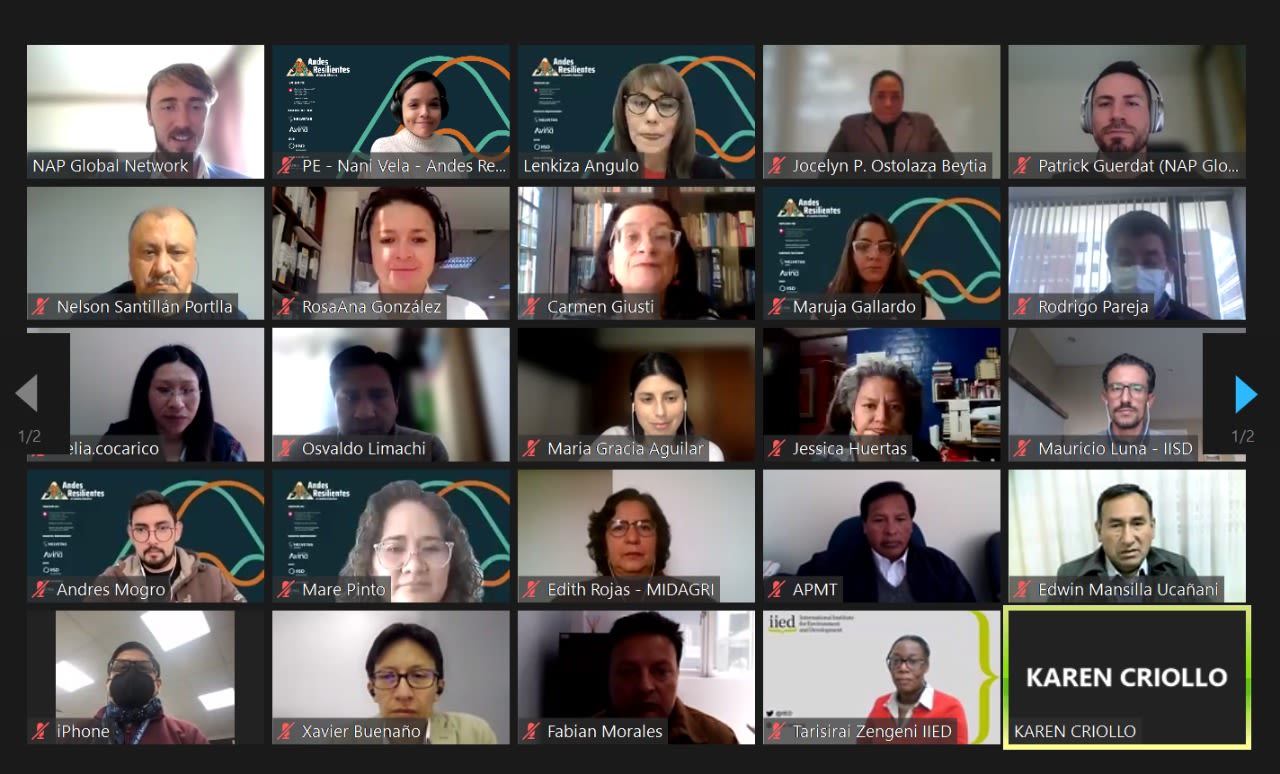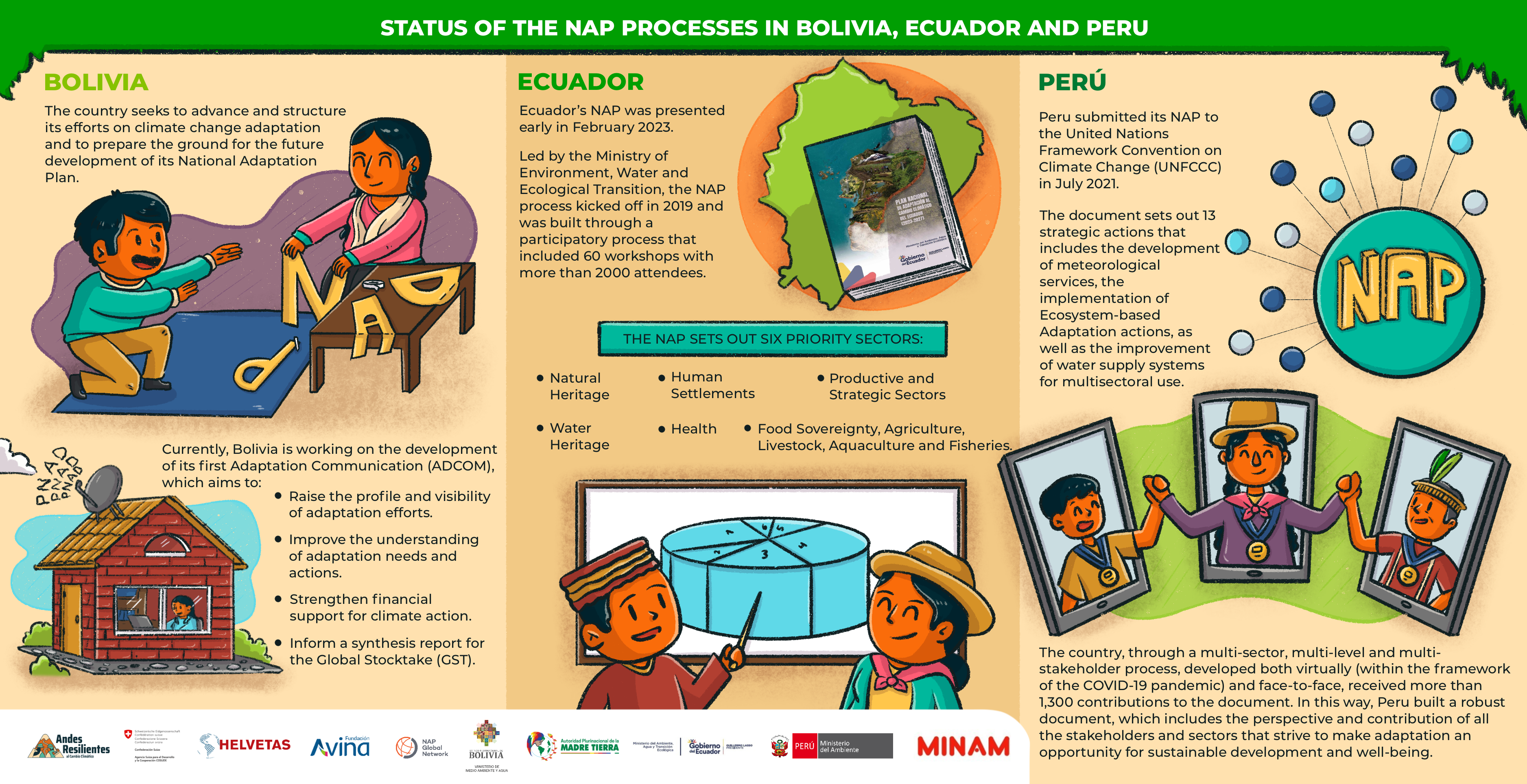Building Effective Monitoring, Evaluation, and Learning Systems for Adaptation Action in the Andes Region
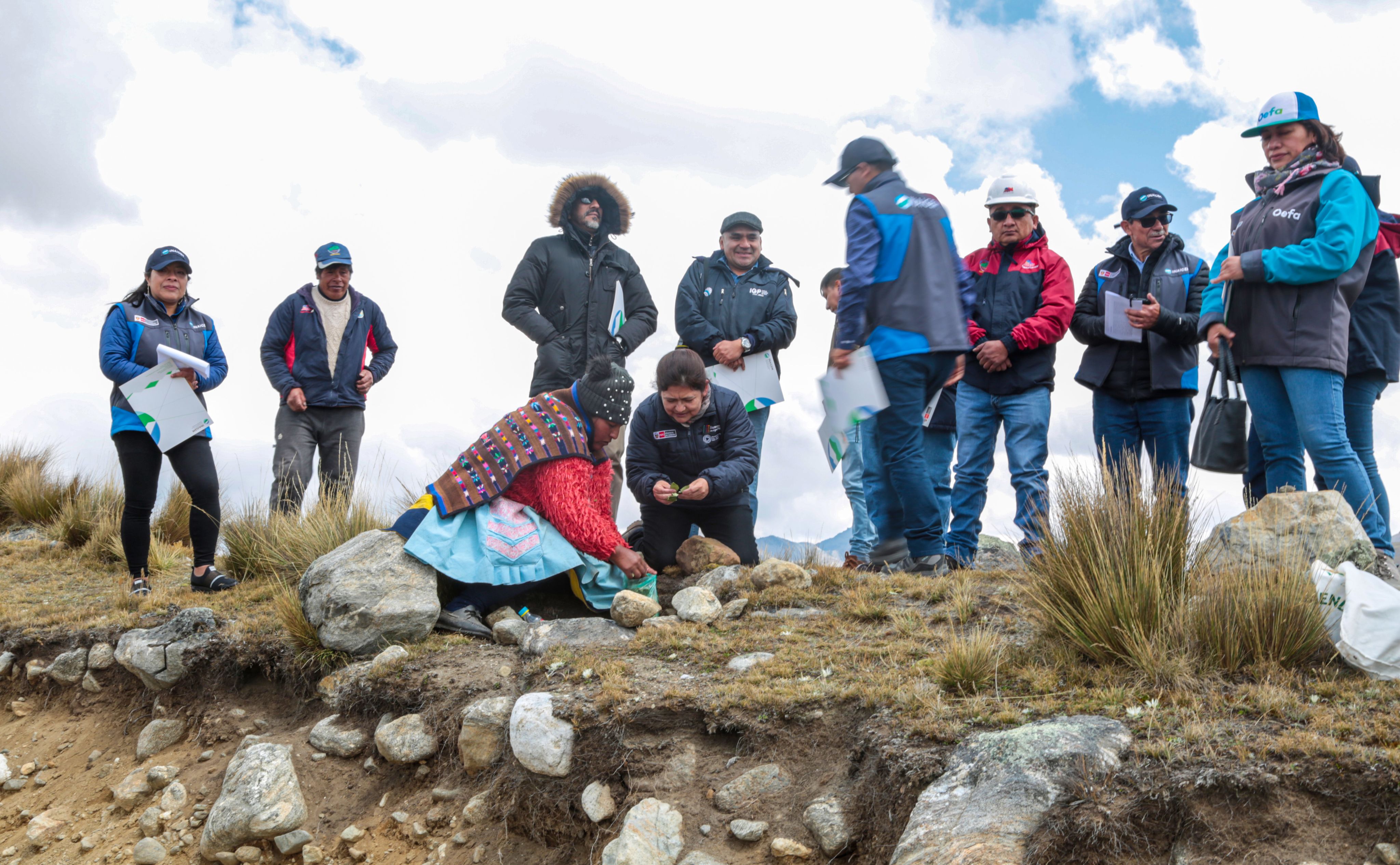
For policy-makers working on advancing their national climate change adaptation goals, having effective monitoring, evaluation, and learning (MEL) systems in place is key.
For the National Adaptation Plan (NAP) process, in particular, having an effective MEL system is crucial for:
- Adaptive management: To review whether a policy, plan, or intervention is on track and adjust the course of action accordingly.
- Accountability: To report on the progress and results to stakeholders and government finance authorities.
- Learning: To develop knowledge on the evolution of the adaptation context, as well as the needs and experiences.
- Reporting: This is either expected or required by the United Nations Framework Convention on Climate Change (UNFCCC), funders, and partners.
The NAP Global Network has invested in promoting good practices and facilitating exchanges between policy-makers in this nascent yet growing field of practice and has recently had the opportunity to organize a series of workshops to promote regional exchange on MEL practices in Bolivia, Ecuador, and Peru.
This series took place from August 23 to September 13, 2022, and was organized as part of the regional project "Climate Change Resilient Andes" (“Andes Resilientes”1), which aims to strengthen the resilience and capacity to adapt to climate change of rural Andean populations living in Bolivia, Ecuador, and Peru in situations of poverty and vulnerability. It provided a platform for government representatives and stakeholders from these three countries to share perspectives, experiences, and lessons learned on MEL for adaptation.
Through four tailor-made virtual training sessions, participants had the opportunity to learn from each other (for example, by highlighting good MEL practices in each country), strengthen their capacities on MEL for adaptation (with experts), and reflect on their own national contexts during breakout sessions.
Participants of the MEL workshop series during one of the virtual sessions.
Participants of the MEL workshop series during one of the virtual sessions.
These four webinars started a discussion that will continue between Bolivia, Ecuador, and Peru as their NAPs and nationally determined contributions are being updated and implemented.
1Andes Resilientes is being implemented under the HELVETAS Swiss Intercooperation – AVINA Foundation consortium, in partnership with the International Institute for Sustainable Development and the International Fund for Agricultural Development. The project is funded by the Swiss Agency for Development and Cooperation.
Session 1
Designing MEL Systems for Adaptation
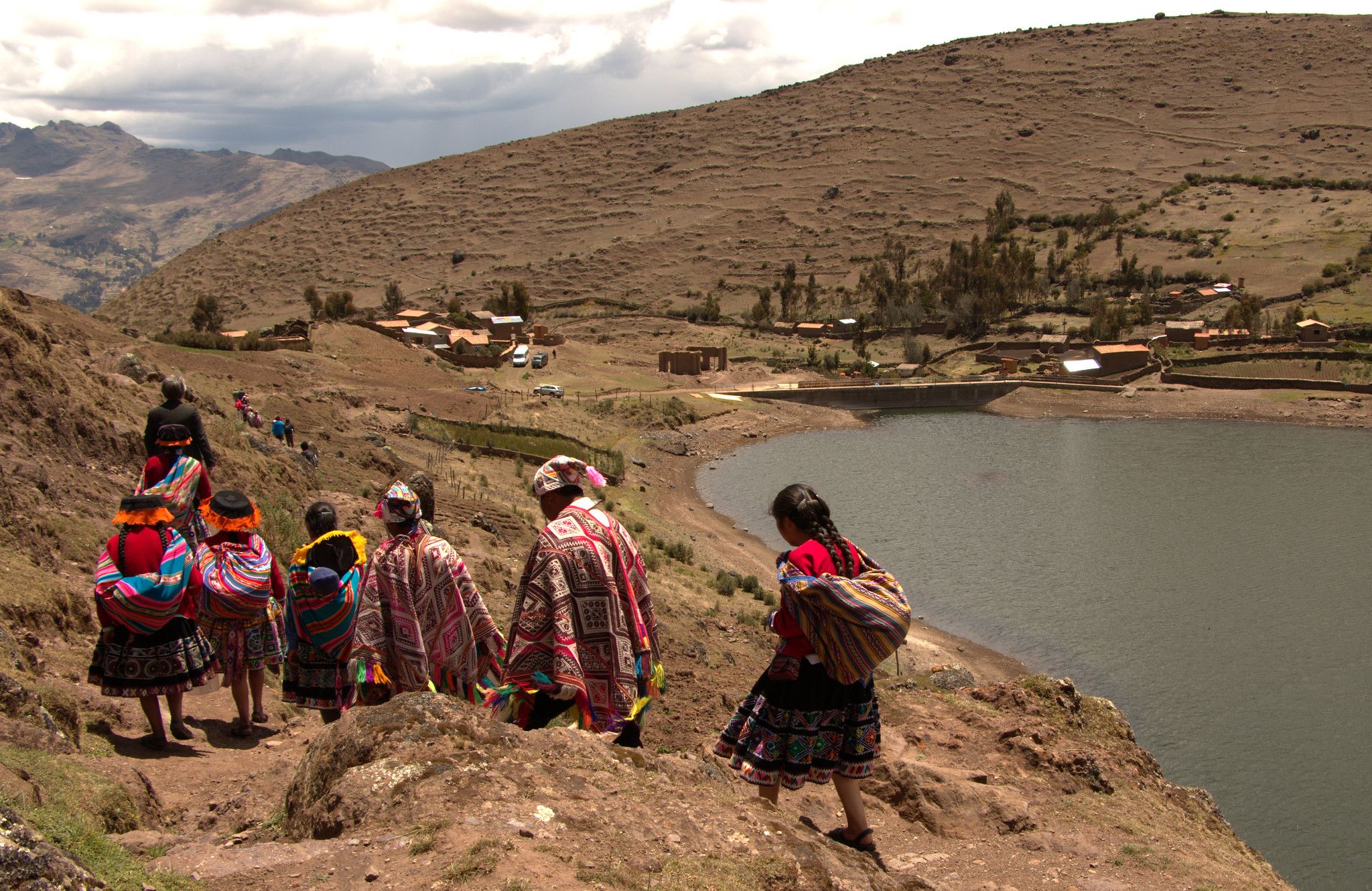
This first session provided an overview of the key considerations and challenges for designing MEL systems for adaptation, helping set the stage for the overall training program.
An expert from the NAP Global Network Secretariat, Patrick Guerdat, began by reminding the 45 participants who joined virtually that there are several key considerations for designing and implementing a MEL system. For instance, it is essential to:
- Decide on the goals of the MEL system and what the results will be used for;
- Identify the stakeholders that should be involved;
- Determine the methodologies and tools for gathering and analyzing data;
- Figure out what capacities and funds are needed; and
- Mainstream gender and social inclusion considerations throughout the process.
It is key to consider these questions from the beginning, as they are crucial for collecting information and sketching the pathways needed for developing MEL systems that are fit for purpose.
Guerdat also highlighted that MEL systems are made up of four main components.
Watch the full recording of the session 1. (Available in Spanish only)
Check out the presentation slides. (Available in Spanish only)
Context
- Policy and MEL context
- Purpose of the MEL system
- Scale (national, sub-national, sectoral)
Content
- Focus on adaptation process/outcomes
- Methodology (e.g., indicators)
- Data and information needs
- Cross-cutting themes (e.g., gender and social inclusion)
Operationalization
- Institutional arrangements (roles and
responsibilities) - Data and information flow (collection, analysis)
- Resources needed
Reporting and communicating
- Target audience
- Communication formats and frequency
- Links with other reporting processes
More generally, there are a number of recurring challenges that the NAP Global Network has been observing over the past years when supporting governments in advancing their MEL systems for adaptation.
- There are no universal metrics to measure progress on adaptation to climate change.
- Adaptation is context specific (e.g., country, sector, region, vulnerable groups and ecosystems), requiring carefully designed indicators and metrics.
- The impacts of adaptation actions are long-term and cannot be measured over a short period of time.
- The uncertainty with regard to the impacts of climate change on any given year due to climate variability.
- The complex interactions with non-climatic factors (socio-economic stressors, environmental degradation) make it difficult to directly attribute a particular change to a specific adaptation action.
As it is, there’s no one-size-fits-all approach for developing national-level MEL Systems for adaptation.
All three countries have existing M&E and MRV, which broadly share the same goal of measuring and assessing the progress toward building climate resilience in a country. However, the tendency is to use these systems to also learn and feedback on these lessons in the planning process and into implementation, which is why Monitoring, Evaluation and Learning (MEL) has been gaining traction.
All three countries have existing M&E and MRV, which broadly share the same goal of measuring and assessing the progress toward building climate resilience in a country. However, the tendency is to use these systems to also learn and feedback on these lessons in the planning process and into implementation, which is why Monitoring, Evaluation and Learning (MEL) has been gaining traction.
Session 2
Gender and Social Inclusion
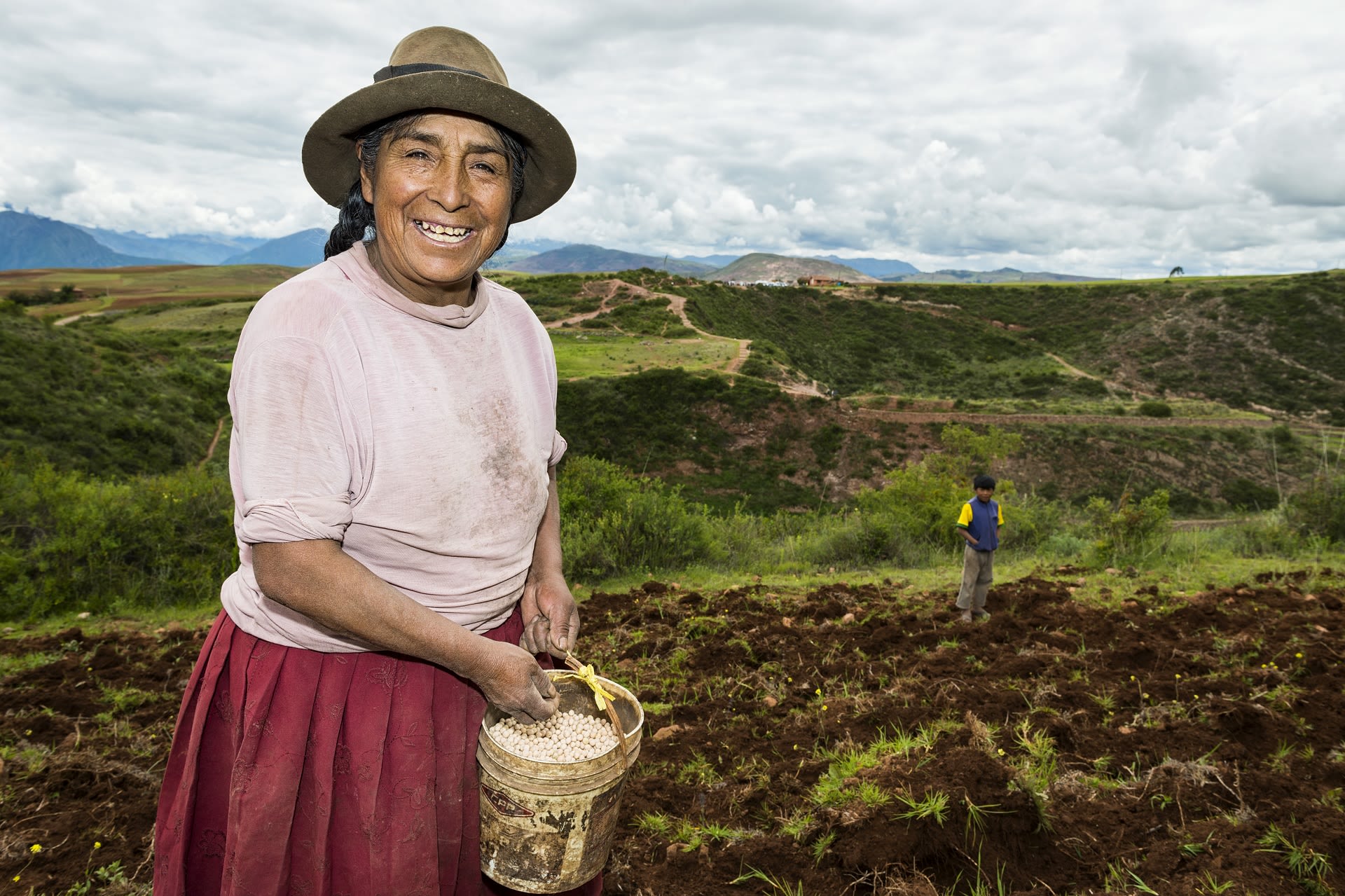
Watch the full recording of session 2. (available in Spanish only)
Check out the presentation slides.
The second session of the regional workshop series addressed the gender and social inclusion responsiveness of MEL systems for adaptation. The session’s keynote speaker was Tarisirai Zengeni, a MEL and Gender advisor at the International Institute for Environment and Development. She started her presentation by explaining why gender and social inclusion considerations should be mainstreamed into MEL systems:
- To identify key issues contributing to gender inequalities by examining gender roles and relations and the underlying drivers.
- To ensure effective adaptation by understanding the differing priorities, needs, activities, and responsibilities of different groups of men, women, and non-binary people
“When implementing an adaptation action with a gender perspective, the aim is to promote equitable participation, as well as to generate benefits and empowerment for all people, especially the most vulnerable groups, leaving no one behind. It is also necessary to ensure that no damage is caused and that inequalities are not perpetuated,” she noted.
She also underscored that a gender-sensitive MEL system is most useful when applied routinely to all phases of an intervention—planning, implementation, and review—as well as to the intervention’s objectives, so they can be adjusted in response to the needs and interests of people of all genders.
In addition, Zengeni pointed out that MEL systems should take into consideration the intersection of gender issues with other aspects of the social life of the groups assessed, such as age, religion, disabilities, ethnicity, nationality, financial conditions, and sexual orientation.
“Looking at the gender is not enough. Women are not just women, and men are not just men.”
When it comes specifically to adaptation, Zengeni noted that a MEL system can help detect the differences in outcomes and experiences; identify unintended consequences for different groups; track the resources allocated for gender equality action; and fill existing gaps in gender data across different sectors.
“To improve the gender sensitivity of a MEL system for adaptation, one can, for example, work with the most vulnerable and often overlooked groups, their organizations and/or activists, including experts, throughout the process. Local organizations and technical experts, including national mechanisms for women and other marginalized groups, can also be engaged,” remarked Zengeni.
Session 3
Vertical and Horizontal Integration in MEL Systems
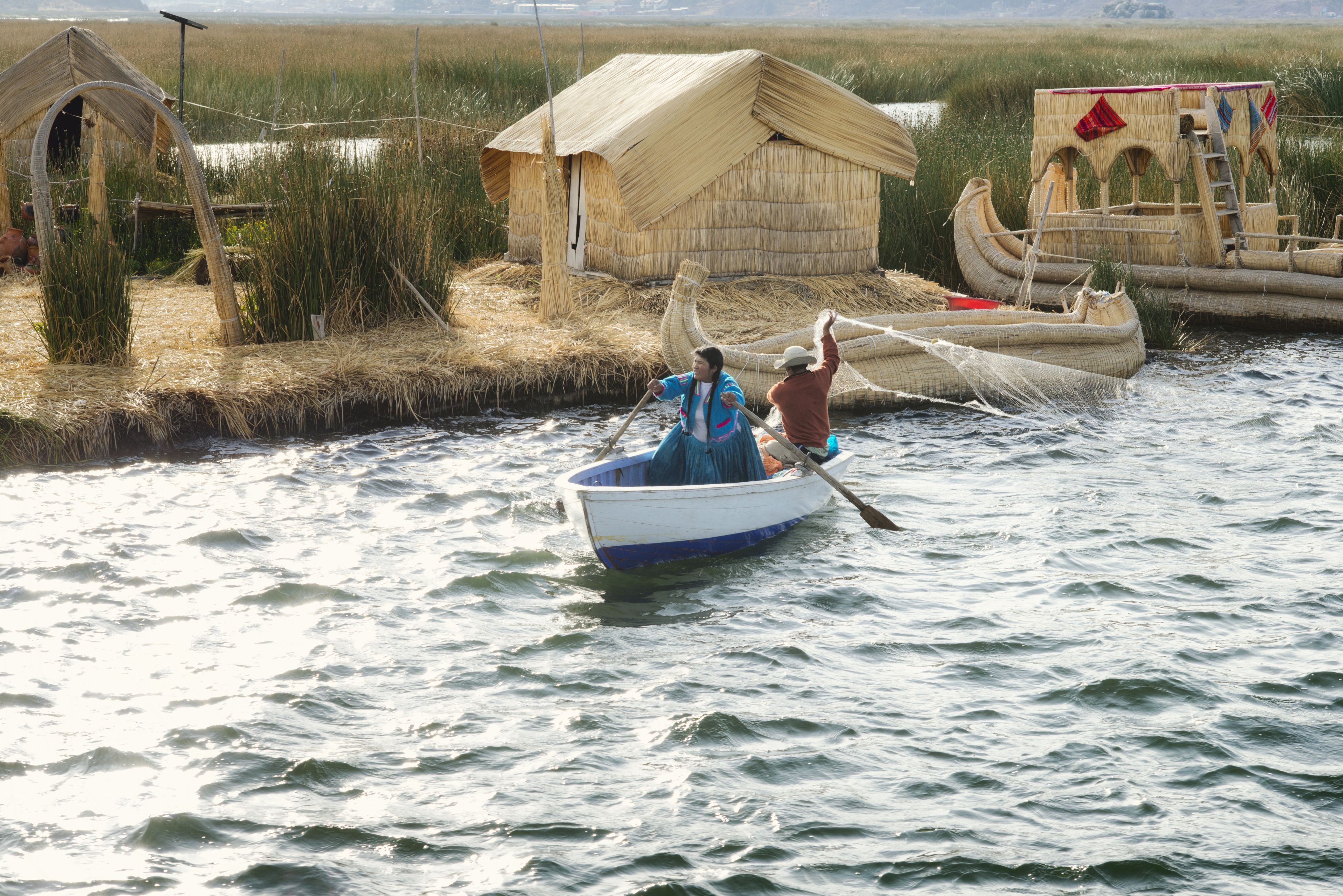
The third session of the series explored one of the NAP Global Network’s key themes: vertical integration. Emilie Beauchamp, MEL lead with the NAP Global Network Secretariat, led this discussion. Her presentation began by defining vertical integration in the NAP process as the maintenance of intentional and strategic linkages between national and sub-national adaptation planning, implementation, and MEL.
“Vertical integration aims to connect top-down and bottom-up processes, systems, and actions. But it’s not a single step in the NAP process. It’s an ongoing effort to ensure that local realities are reflected in the NAP document and that the NAP enables adaptation at sub-national levels, including the local level,” she explained.
Beauchamp underscored how crucial the role of sub-national authorities, local organizations, and communities is in aligning national adaptation strategies with the needs, perspectives, and aspirations at the local level. These groups should therefore be involved throughout the planning, implementation, and MEL dimensions of a country’s NAP process.
“Vertical integration makes the NAP process more inclusive and representative, linking local actors with national decision-makers.”
When explaining how to apply vertical integration concepts in MEL systems, she warned participants about the potential conflicts between MEL practices and locally led adaptation actions. According to Beauchamp, traditional MEL systems are not neutral when it comes to knowledge creation and dissemination and usually rely on external experts rather than supporting local capacity.
“The theory of change and indicators guiding MEL do not often reflect local input. MEL involves power, decision making, trust, and communication among participants. As such, MEL for adaptation also supports sustainable development and good governance, including through collaborative, locally led decision making, and the integration of social and gender equity considerations,” she remarked.
As captured by NAP Trends, 91% of the National Adaptation Plans submitted to UNFCCC by August 2022 mention sub-national actors, 65% mention local and community action, but only 26% refer specifically to vertical integration. “There is no single way to approach vertical integration. Most countries have a mix of top-down and bottom-up approaches, with adaptation processes occurring concurrently at national and sub-national levels. The key is to ensure that these processes are connected and coordinated, informing each other over time,” explained Beauchamp.
Watch the full recording of the session 3. (available in Spanish only)
Check out the presentation slides.
Case Study on Horizontal and Vertical Integration | Zambia
The Government of Zambia uses a multilevel and multisectoral approach to climate change adaptation that is well coordinated by three vertically connected tiers: the Council of Ministers, the Steering Committee of Permanent Secretaries, and the Technical Committee on Climate Change. According to Kasanda Bunda, Zambia’s Climate Change Adaptation & Information, Education and Communication Officer, the Ministry of Green Economy and Environment leads the oversight of policy implementation.
The coordination bodies meet every 3 months. At these meetings, sectoral projects (e.g., infrastructure, health, rural development) are evaluated from a climate change perspective, and recommendations are issued, influencing the final decisions made by the Committee of Ministers.
Check out the presentation slides.
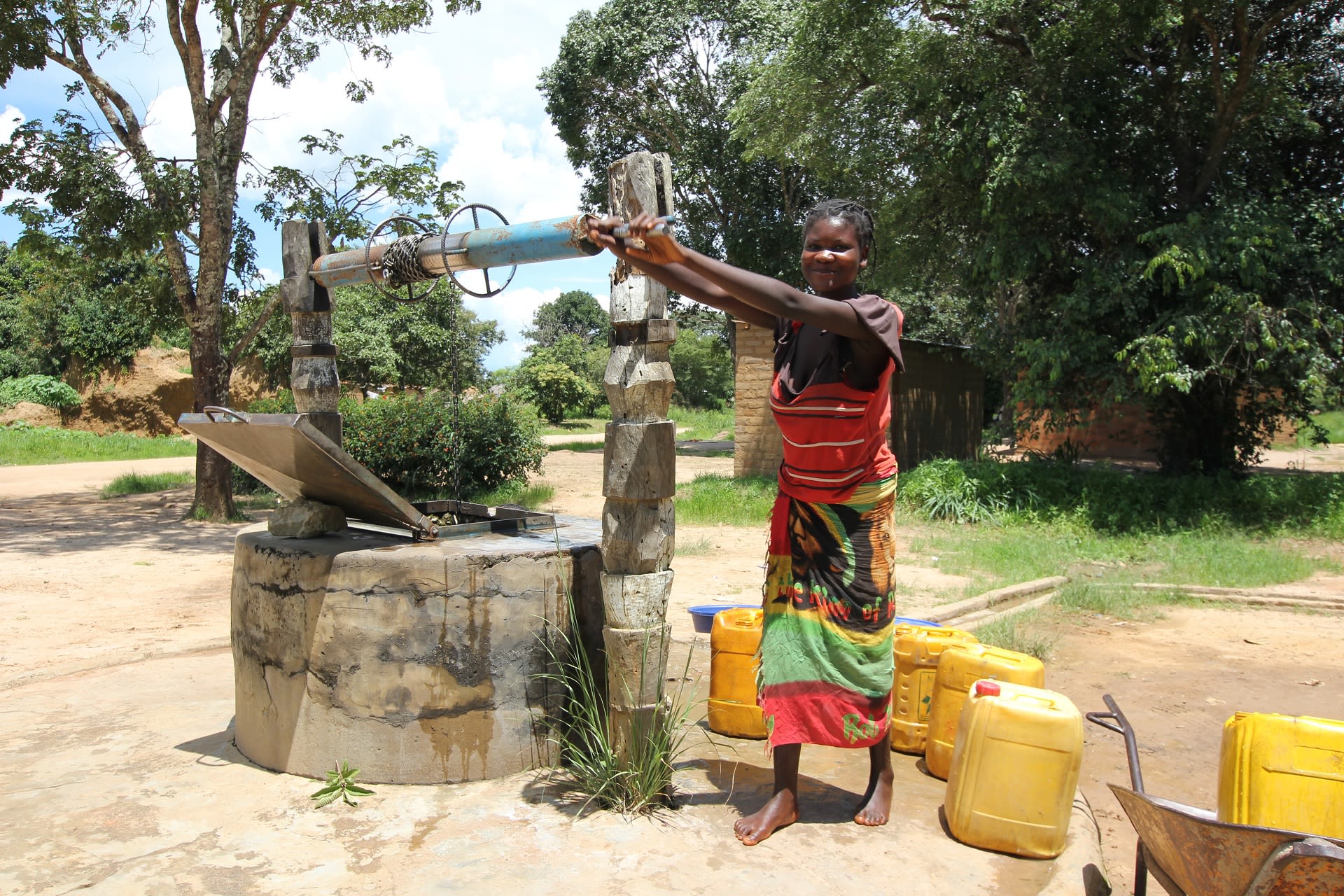
Session 4
Progress Reporting
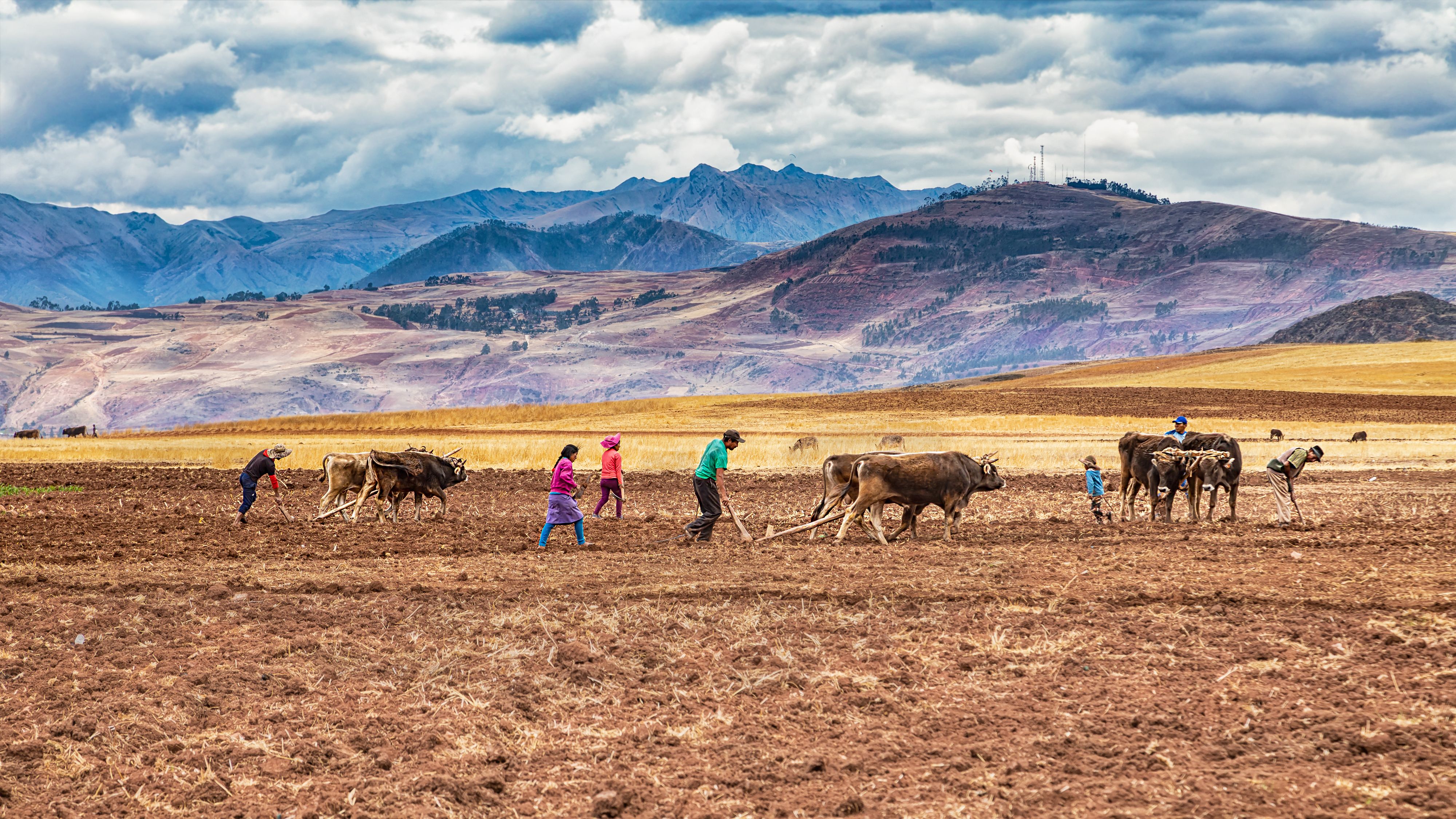
Watch the full recording of the session 4. (available in Spanish only)
Check out the presentation slides. (Available in Spanish only)
The fourth and final session, which was led again by NAP GN’s Patrick Guerdat, focused on the importance of progress reporting, which is one of the key purposes of setting up a MEL system for adaptation in the first place.
To tell the story of adaptation, information on adaptation must be collected and documented in progress reports, which will show whether the country can, for example, meet its climate adaptation commitments and who the beneficiaries are.
Before getting started on a progress report, it is important to clarify its objectives (e.g., tracking the implementation status of adaptation activities or adaptation outcomes, evaluating the efficiency of the NAP), the required resources, the quality and availability of information, as well as the status of the MEL system. According to Guerdat, these will help determine how to approach the progress-reporting process. He also noted that progress reports should be done continuously (not just at the end of an adaptation project) and can be built over time using different approaches based on goals and available resources.
In general, there are numerous reasons to develop a progress report on adaptation action:
- To improve adaptation decision making, as well as the understanding of adaptation actions’ impacts, gaps, opportunities, and lessons learned.
- To communicate the implementation of a specific adaptation plan to a specific audience, such as funders or the beneficiary population.
- To improve accountability within the framework of institutional responsibility and accountability.
In the context of the NAP process more specifically, Guerdat flagged that “the development of the reports provides good opportunities to raise awareness of a country's NAP process, as well as requirements for presenting reports.” Simply put, "making a progress report should be a priority; otherwise, you won't be able to tell if what you are doing is making the situation better or worse."
Case Study on Progress Reporting | Chile
Chile has been measuring the progress of the implementation of climate change policies since 2015 using "Process Indicators," including those in its NAP, and measuring progress toward compliance with these.
In recent years, efforts have been made to monitor the implementation of adaptation plans, as reflected in the national reports that are presented annually to the Council of Ministers for Sustainability. Chile has seven reports that have already been submitted to the Council of Ministers.
However, some challenges remain, according to Maritza Jadrijevic from the Climate Change Division of Chile’s Ministry of the Environment, who presented the case study as part of the fourth session. For instance, the continuous and systematic generation of information remains a challenge. And an institutional framework with the capacity to maintain the system in a coordinated and coherent manner is also needed.
Check out the presentation slides. (Available in Spanish only)

These four webinars just started a discussion on MEL systems that will continue between Bolivia, Ecuador, and Peru as their NAPs and nationally determined contributions are being developed, updated, and implemented. To learn more about MEL Systems for NAPs, check out our Resource Library.
The NAP Global Network offers and supports peer learning events like this one for developing countries. Sign up to be a member of the network for the opportunity to learn from NAP teams in different countries.

